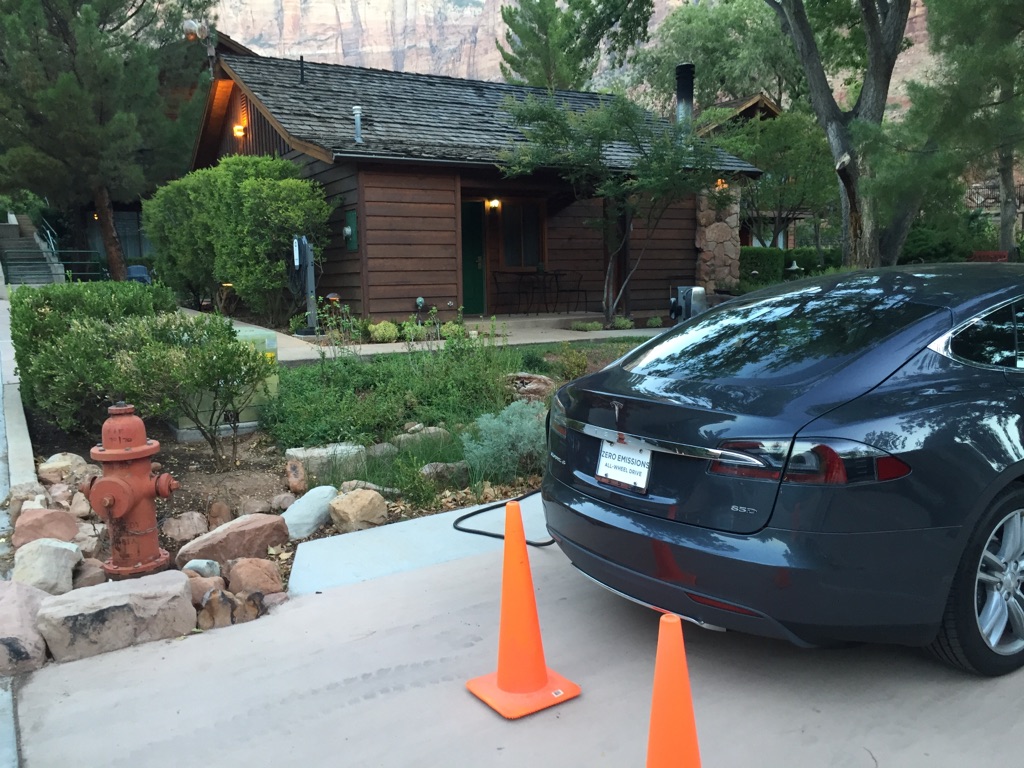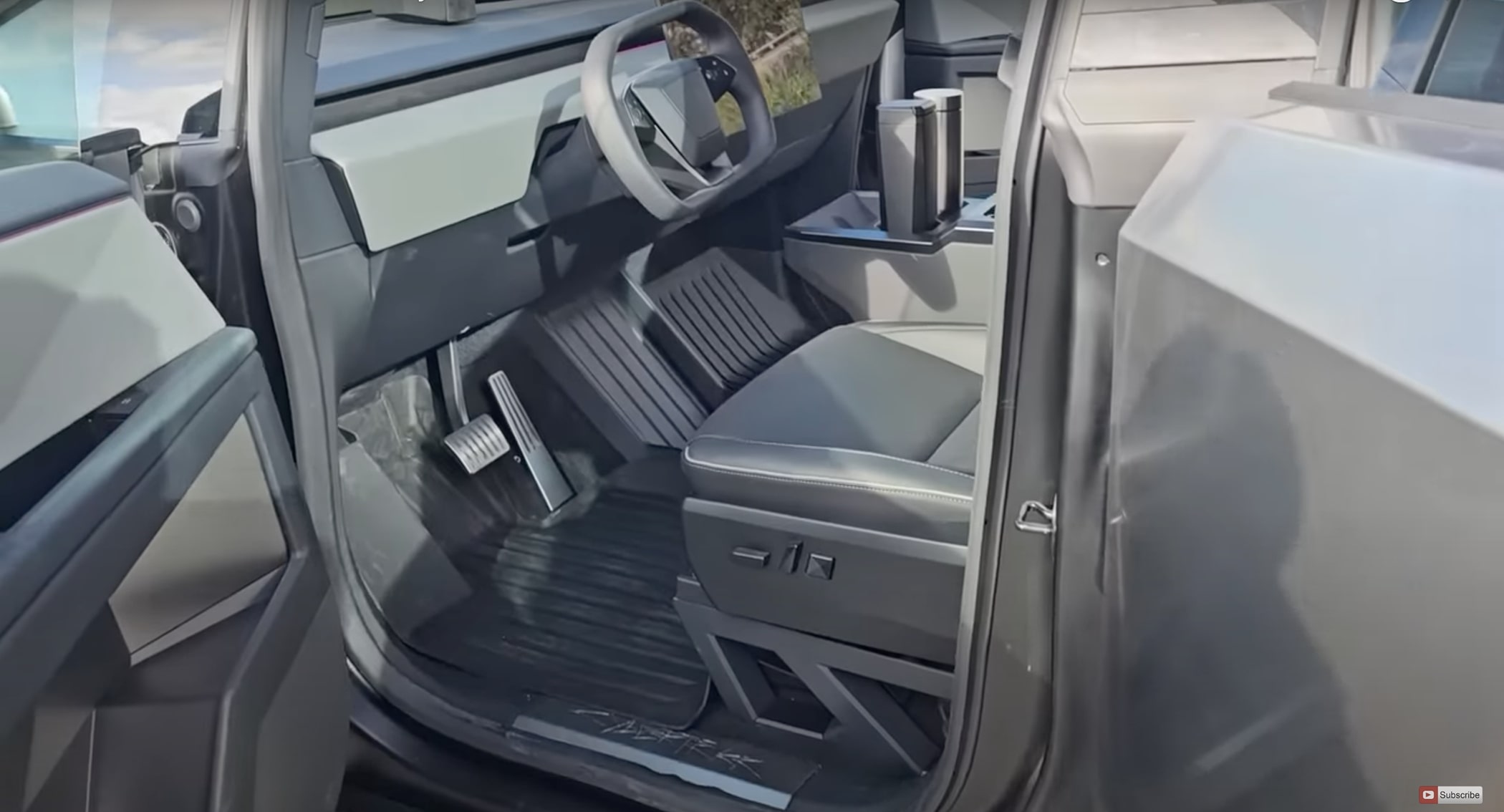News
SolarCity and Airbnb partner on a Tesla-like referral program

Tesla’s partnership with home-sharing service Airbnb, to install destination chargers in select host homes, have opened new doors of opportunity between the two companies. With one month left before Tesla and SolarCity shareholders vote on their proposed merger, SolarCity announced through a press release that it will be teaming up with Airbnb on an incentive program that offers a $1,000 discount for hosts to install a SolarCity solar system onto their homes.
Airbnb hosts and members: Install a solar generation system, and receive a $1000 discount through SolarCity.
SolarCity customers: You have a $100 travel credit waiting for you for future Airbnb bookings.
Airbnb’s Head of Global Policy Chris Lehane shared the company’s philosophy about pairing up with SolarCity. “We are indeed that climate friendly travel option that we believe guests are looking for,” he said. He added that their customers place a high value on lowering their environmental footprint, and Airbnb customers, in particular, are looking for places to stay that understand the importance of joining in with others who share the belief that clean renewable decentralized energy is necessary for the future success of the planet.
LeHane noted that Airbnb currently has already proven itself to be a leader in the environmental travel industry in the U.S.
- Airbnb has reduced water consumption by 4.2 billion liters vs. traditional accommodation options.
- Greenhouse gas reductions are nearly equivalent to what is generated by 560,000 cars on U.S. roads per year.
Airbnb is part of what is known as the “sharing economy,” which was inspired by a series of factors including the 2009 global economic crisis, millennial environmental focus, and the acceptance of social media as a serious information source. The numbers of people who now participate in the sharing economy are quite significant. With 100 million users, 640,000 hosts, and 2.3 million listings, Airbnb is the role model for other sharing economy businesses.
SolarCity, too, is an innovator that sets industry standards. Its business is a litany of renewable energy services such as solar energy products and services. It offers installation, ongoing monitoring, and repair services of solar energy systems in the U.S. and also provides services to homeowners, businesses, schools, non-profits and government organizations.
“The great majority of our customers go solar with absolutely no money out of pocket,” related SolarCity President of Global Sales Toby Corey. He explained that SolarCity surveys the business market, looking for programs and partnerships that allow it to alleviate expenditures for potential customers. A majority of SolarCity customers don’t put money down on installation financing plans, so the $1,000 credit from the Airbnb venture will be applied to their payback. That means the overall repayment period will be reduced.
SolarCity operates in 19 states currently, which means Airbnb members in any of those U.S. markets can take advantage of the program. With 300,000 customers, SolarCity can help Airbnb to harness the millennial market, a target audience for most sharing economy business and one that both SolarCity and Airbnb hope to call their own. As reported on Ecoprenteurist, millennials make up a significant portion of today’s target business audience. Millennials are the 2 billion people born between the early 1980s and 2000. 81% of millennials believe business has a key role to play in achieving the Sustainable Development Goals (SDGs), the guiding business practices shaped by world leaders from 193 nations as outcome from the COP21 summit in Paris.

News
Tesla adjusts crucial feature as winter weather arrives

Tesla has adjusted the functionality of a crucial climate feature as Winter weather has started to arrive throughout some parts of the United States. The new feature was highly requested by owners.
Tesla has a Cabin Overheat Protection feature that helps keep the temperature regulated if it reaches a certain threshold. Inversely, it can be used in cold weather as well, which will automatically warm the cabin if it sinks to a temperature that is too low for the owner’s comfort.
This is a great way to keep the cabin either warmed up just enough or cooled down just enough so that it never gets too hot or too cold. Extreme temperatures could damage certain parts of the vehicle or damage personal belongings that are kept inside the car.
Overheat protection is a great thing to have in hot climates like Arizona or Texas, especially with the Premium trims of the Model 3 and Model Y, which feature a glass roof.
Many owners appreciate the feature, but they argue that using it at home will utilize too much energy, especially during extreme temperatures. For a while, many Tesla fans have requested an option to disable this feature when the car is parked at home, which the company recently added, according to Not a Tesla App.
The feature is part of Software Version 2025.44.3, and the release notes state:
“You can now choose Exclude Home when Cabin Overheat Protection or No A/C is enabled.”
Tesla has been great at listening to what owners want with new features, and this is one that will reserve some charge and prevent unnecessary utilization of available power, especially as the car is parked at home. If owners want to condition the cabin or get the car ready for operation with a comfortable interior, they can utilize the Tesla app to adjust the climate.
Elon Musk
Tesla CEO Elon Musk sends rivals dire warning about Full Self-Driving

Tesla CEO Elon Musk revealed today on the social media platform X that legacy automakers, such as Ford, General Motors, and Stellantis, do not want to license the company’s Full Self-Driving suite, at least not without a long list of their own terms.
“I’ve tried to warn them and even offered to license Tesla FSD, but they don’t want it! Crazy,” Musk said on X. “When legacy auto does occasionally reach out, they tepidly discuss implementing FSD for a tiny program in 5 years with unworkable requirements for Tesla, so pointless.”
I’ve tried to warn them and even offered to license Tesla FSD, but they don’t want it! Crazy …
When legacy auto does occasionally reach out, they tepidly discuss implementing FSD for a tiny program in 5 years with unworkable requirements for Tesla, so pointless. 🤷♂️
🦕 🦕
— Elon Musk (@elonmusk) November 24, 2025
Musk made the remark in response to a note we wrote about earlier today from Melius Research, in which analyst Rob Wertheimer said, “Our point is not that Tesla is at risk, it’s that everybody else is,” in terms of autonomy and self-driving development.
Wertheimer believes there are hundreds of billions of dollars in value headed toward Tesla’s way because of its prowess with FSD.
A few years ago, Musk first remarked that Tesla was in early talks with one legacy automaker regarding licensing Full Self-Driving for its vehicles. Tesla never confirmed which company it was, but given Musk’s ongoing talks with Ford CEO Jim Farley at the time, it seemed the Detroit-based automaker was the likely suspect.
Tesla’s Elon Musk reiterates FSD licensing offer for other automakers
Ford has been perhaps the most aggressive legacy automaker in terms of its EV efforts, but it recently scaled back its electric offensive due to profitability issues and weak demand. It simply was not making enough vehicles, nor selling the volume needed to turn a profit.
Musk truly believes that many of the companies that turn their backs on FSD now will suffer in the future, especially considering the increased chance it could be a parallel to what has happened with EV efforts for many of these companies.
Unfortunately, they got started too late and are now playing catch-up with Tesla, XPeng, BYD, and the other dominating forces in EVs across the globe.
News
Tesla backtracks on strange Nav feature after numerous complaints

Tesla is backtracking on a strange adjustment it made to its in-car Navigation feature after numerous complaints from owners convinced the company to make a change.
Tesla’s in-car Navigation is catered to its vehicles, as it routes Supercharging stops and preps your vehicle for charging with preconditioning. It is also very intuitive, and features other things like weather radar and a detailed map outlining points of interest.
However, a recent change to the Navigation by Tesla did not go unnoticed, and owners were really upset about it.
For trips that required multiple Supercharger stops, Tesla decided to implement a naming change, which did not show the city or state of each charging stop. Instead, it just showed the business where the Supercharger was located, giving many owners an unwelcome surprise.
However, Tesla’s Director of Supercharging, Max de Zegher, admitted the update was a “big mistake on our end,” and made a change that rolled out within 24 hours:
The naming change should have happened at once, instead of in 2 sequential steps. That was a big miss on our end. We do listen to the community and we do course-correct fast. The accelerated fix rolled out last night. The Tesla App is updated and most in-car touchscreens should…
— Max (@MdeZegher) November 20, 2025
The lack of a name for the city where a Supercharging stop would be made caused some confusion for owners in the short term. Some drivers argued that it was more difficult to make stops at some familiar locations that were special to them. Others were not too keen on not knowing where they were going to be along their trip.
Tesla was quick to scramble to resolve this issue, and it did a great job of rolling it out in an expedited manner, as de Zegher said that most in-car touch screens would notice the fix within one day of the change being rolled out.
Additionally, there will be even more improvements in December, as Tesla plans to show the common name/amenity below the site name as well, which will give people a better idea of what to expect when they arrive at a Supercharger.








